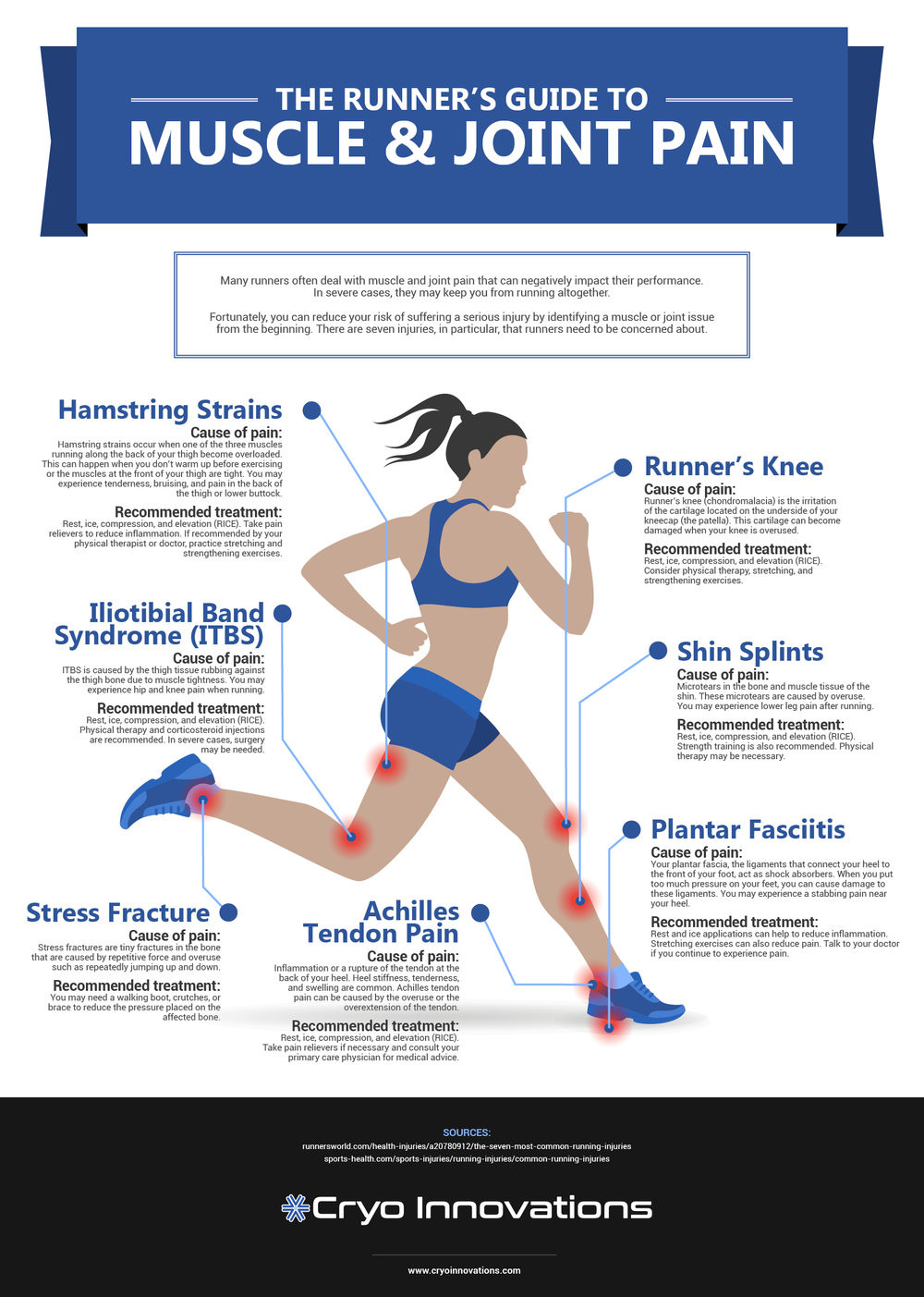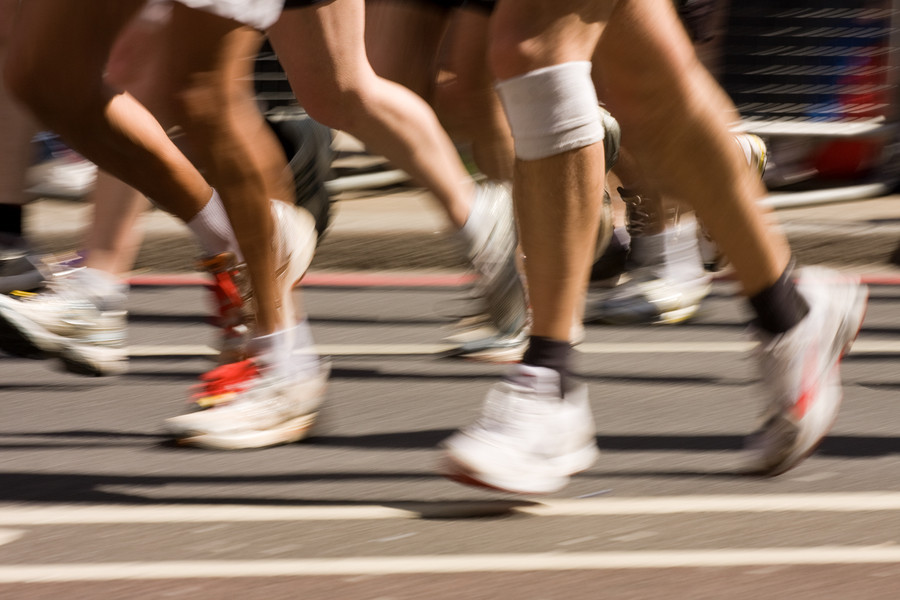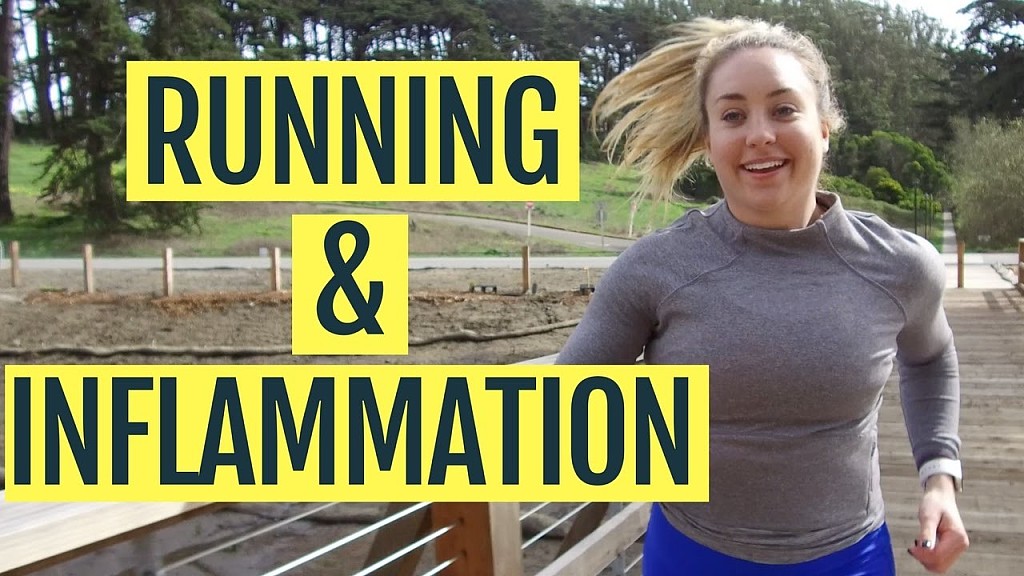Running News Daily
Running News Daily is edited by Bob Anderson. Send your news items to bob@mybestruns.com Advertising opportunities available. Train the Kenyan Way at KATA Kenya and Portugal owned and operated by Bob Anderson. Be sure to catch our movie A Long Run the movie KATA Running Camps and KATA Potato Farms - 31 now open in Kenya! https://kata.ke/
Index to Daily Posts · Sign Up For Updates · Run The World Feed
Is Reducing Inflammation Really the Best Way to Treat Running Injuries?
What is the role of inflammation in running injuries?
For a long time, inflammation has been identified as the main culprit for pain resulting from running injuries.

The inflammatory theory of running injuries asserts that, following minor damage from overuse to a muscle, tendon, or connective tissue, the body attacks the injured area with a rush of inflammatory cells which results in the pain, stiffness, and soreness at the injured site.
This inflammation has a detrimental effect on healing because the swelling and inflammation can cause secondary damage to the already-injured area.

To combat this, many treatments that have become mainstays of physical therapy offices and athletic training rooms are designed around reducing inflammation. This includes ice, anti-inflammatory drugs like ibuprofen, and compressive wraps.
But is this inflammatory model valid?
By definition, inflammation has features that are observable both on the macroscopic level of sensations in your body (like pain, redness, swelling—things a doctor would call “clinical features”), and on the microscopic level of the inner workings of your cells—this consists mainly of special inflammatory cells which flood an inflamed area and mediate your body’s response to the injury.
If the cause of the pain or irritation at the site of an injury truly is inflammatory in nature, both the macroscopic and microscopic signs should be evident – but microscopic signs aren’t easily detectable.
Sensations like pain, redness, and swelling are easy to observe, but you need to actually look at tissue under a microscope or with high-tech biology equipment to see the cellular markers of inflammation.
As you might guess, runners and other athletes with mild or moderate overuse injuries aren’t too keen on letting researchers put a slice of their Achilles tendon or plantar fascia under a microscope in the name of science.
Partly because of the difficulty of observing the cellular signs of inflammation, the inflammatory theory of running injuries has been popular for quite a while. Problems with it have arisen only recently, as doctors and researchers have begun to thoroughly investigate the root causes of overuse injuries.
Treatments and rehabilitation vs inflammatory model
Using tissue samples taken from patients with chronic tendon or plantar fascia injuries who undergo surgery (and are hence being sliced open anyhow), recent studies have demonstrated a lack of inflammatory markers at the cellular level. Instead, what they observe in injured tissue under a microscope is profound damage and degeneration in the microscopic structure of the tissue.
Other research has highlighted the relatively poor track record of anti-inflammatory treatments like non-steroidal anti-inflammatory drugs and corticosteroid injections. And the most promising emerging treatments for soft-tissue overuse injuries don’t appear to address inflammation at all.
The eccentric heel drop exercise developed for Achilles tendonitis and the decline squat exercise developed for patellar tendonitis both focus instead on attempting to fix the structure of the tendon through controlled eccentric stress, and the most successful rehab programs for knee injuries like IT band syndrome and patellofemoral pain syndrome (runner’s knee) are focused on improving hip strength and coordination to reduce damaging stresses on the knee from poor running mechanics. In essence, as our very own Matt Phillips pointed out, we need to think prehab rather than rehab!
More intensive emerging treatments like shockwave therapy or nitroglycerin patches don’t focus on reducing inflammation either—in fact, often the goal is to induce controlled inflammation or increase bloodflow, targets anathema to an inflammatory model of injury. This is in keeping with the fact that some researchers believe that inflammation is a helpful and necessary component of recovery.
Final notes and specific recommendations for rehabbing your injuries
So, knowing that the inflammatory model of injury is unsatisfactory, how does this inform the way we think about treating and rehabbing injuries?
First, it should give us pause when evaluating any new treatment, therapy, or device which claims to reduce inflammation.
Second, we should also acknowledge that many (if not all!) injuries are painful because there is real, physical damage to something in your body.
Instead of icing a bit or taking some ibuprofen before you run, your recovery plan should be more cautious and allow your body time to repair the damaged tissue.
While this might include taking time off from running, it might also be simply modifying your running schedule to put less stress on an injured area.
Finally, it means that you should concentrate your rehabilitation efforts on the treatments that are most likely to help with your particular injury (typically specific strength exercises and sometimes stretches) and put less emphasis on traditional anti-inflammation tactics like icing, anti-inflammatory drugs, compression wraps, and elevation.
Though we need scientific research on individual treatments to explicitly rule out specific treatments for specific injuries—for instance, the absence of inflammation in connective tissue injuries doesn’t necessarily mean we should throw out the notion that icing, for example, can be useful—an overall model of understanding the biology that underpins an overuse injury can help you prioritize your recovery plan.
Login to leave a comment




